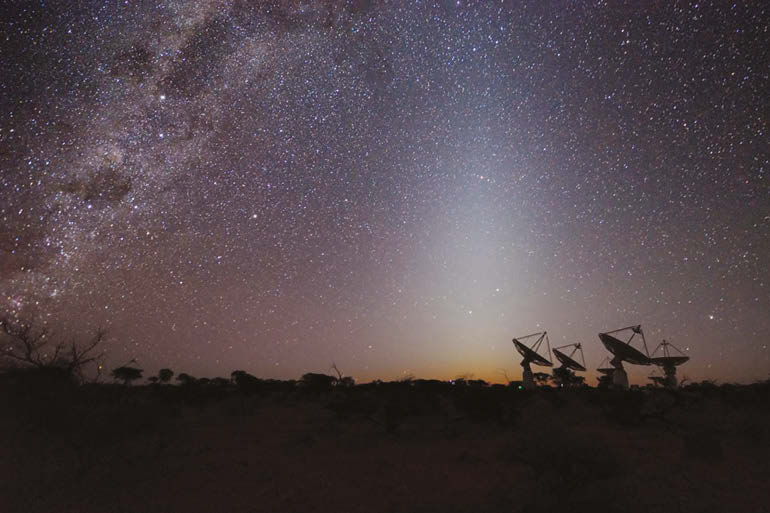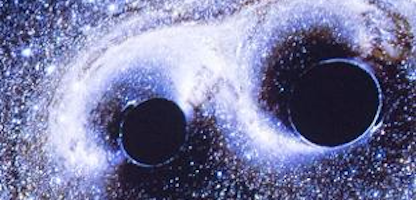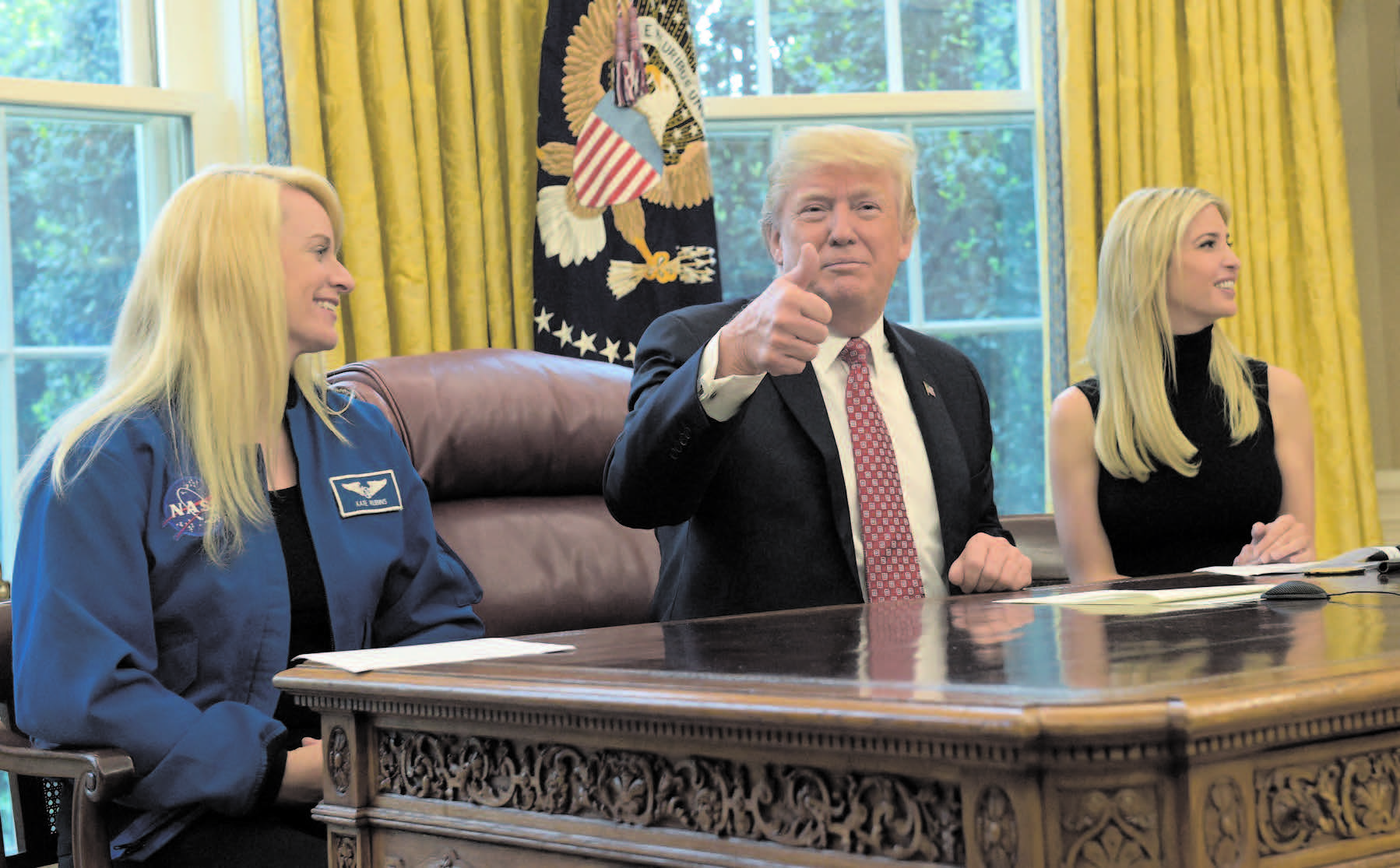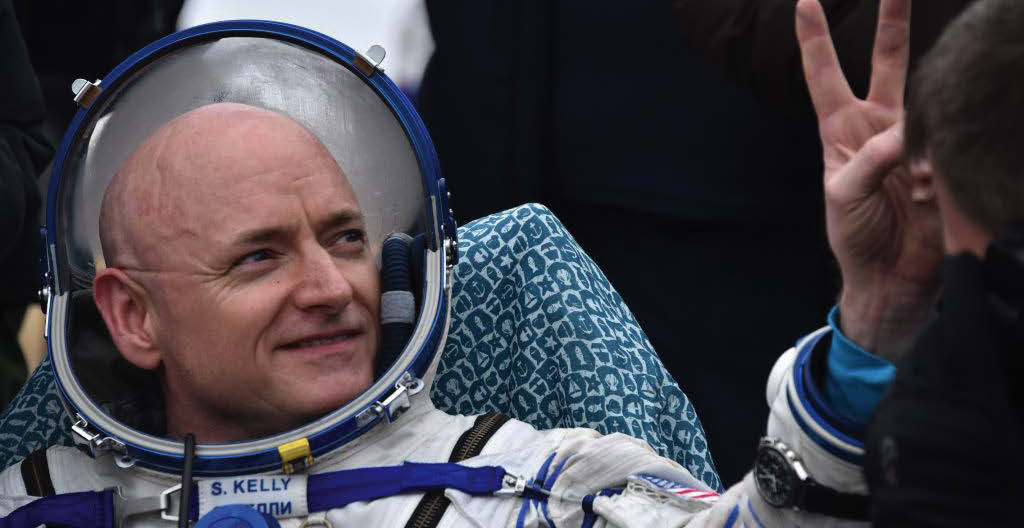
NEW DELHI (TIP): Using the Very Large Array (VLA), located in New Mexico, US, an international team of scientists has detected a faint signal emitted by hydrogen gas in a galaxy more than five billion light years away. This incredible measurement is almost double the previous record of distance.
“These signals would have begun their journey before our planet even existed, and after five billion years of travelling through space without hitting anything, they’ve fallen into the telescope, and allowed us to see this distant galaxy for the very first time,” said lead author, Ximena Fernandez from Rutgers University in US.
The team found that the distant galaxy would have contained billions of young, massive stars surrounded by clouds of hydrogen gas.
As the most abundant element in the universe, and the raw fuel for creating stars, hydrogen is used by radio astronomers to detect and understand the makeup of other galaxies.
However, until now, radio telescopes have only been able to detect the emission signature of hydrogen from relatively near galaxies.
“Due to the upgrade of the VLA, this is the first time we’ve been able to directly measure atomic hydrogen in a galaxy this far from Earth,” Fernandez said.
This success for the team comes after the first 178 hours of observing time with the Karl G. Jansky Very Large Arra radio telescope for a new survey of the sky called the ‘COSMOS HI Large Extragalactic Survey’, or CHILES for short. Once it’s completed, the CHILES survey will have collected data from more than 1,000 hours of observing time.
“A question we hope to answer is whether galaxies in the past had more gas being turned into stars than galaxies today. Our record breaking find is a galaxy with an unusually large amount of hydrogen,” she said.
In a new approach, members of the team including Dr Attila Popping from International Centre for Radio Astronomy Research and the ARC Centre of All-sky Astrophysics
(CAASTRO) in Australia are working with Amazon Web Services to process and move the large volumes of data via the ‘cloud’.
“For this project, we took tens of terabytes of data from the VLA, and then processed it using Amazon’s cloud-based servers to create an enormous image cube, ready for our team to analyse and explore,” Dr Popping said.
Professor Andreas Wicenec, head of the Data Intensive Astronomy team at the International Centre for Radio Astronomy Research, said that the limiting factor for radio astronomers used to be the size of the telescope and the hardware behind it. “It is fast becoming more about the data and how you move, store and analyse vast volumes of information,” he claimed.
“Big science needs a lot of compute power – right now we’re designing systems to manage data for several large facilities around the world and the next generation of radio telescopes, including China‘s 500m radio telescope, the Square Kilometre Array and the SKA’s pathfinder telescopes that are already up and running in outback Western Australia.” Professor Wicenec continued.





Be the first to comment